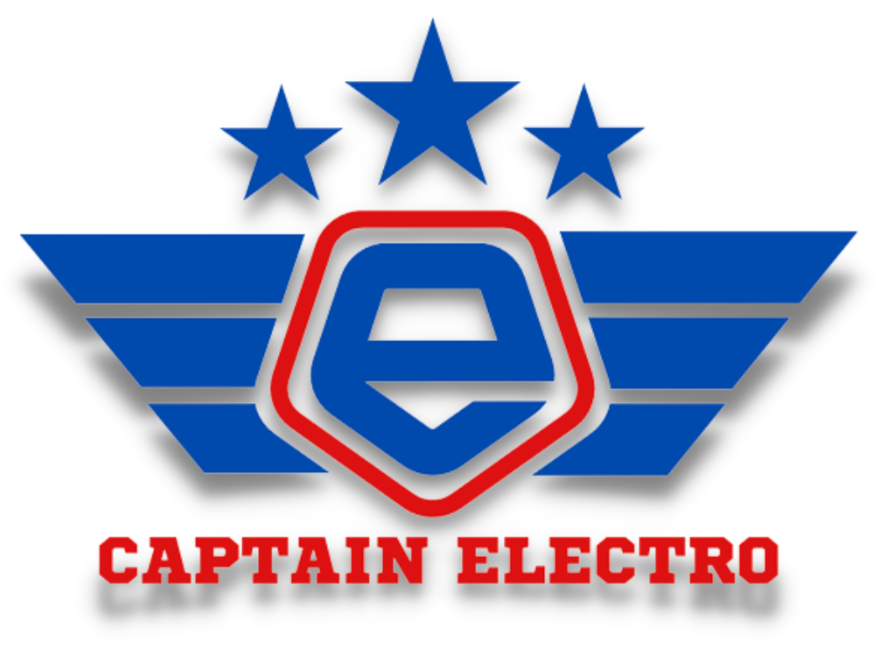Bugatti Strapped a Power Station to a V16 Engine. Brilliant
Image Credit: Bugatti.
I have to admit, when I first heard the whispers that the next Bugatti would be a hybrid, a little part of my soul shriveled up and died. A hybrid? Bugatti? The company that gave us the quad-turbo W16, a glorious monument to excess and mechanical lunacy? I might like electric cars, but it felt like hearing that your favorite steakhouse was going vegan. I pictured a silent, soulless land yacht, humming apologetically as it searched for a charging station. I was already preparing the eulogy for the internal combustion engine.
Then they showed us the Tourbillon. And I've never been so happy to be so wrong. This isn't a Prius with a fancy badge. This is what happens when engineers who have clearly been drinking too much espresso and not getting enough sleep decide to redefine the very concept of a car. They didn't replace the engine with batteries; they gave the engine three electric bodyguards to make it even more of a menace. It's a work of beautiful, magnificent, and completely bonkers genius.
Image Credit: Bugatti.
Let's start with the heart of the matter - because what a heart it is. Forget downsizing. Forget turbos. Bugatti's new centerpiece is a colossal, naturally aspirated 8.3-liter V16 engine. Sixteen cylinders, no forced induction, just pure, atmospheric fury that revs to the heavens. It's an engine that produces a sound I imagine would make angels weep and devils tap their feet. In an age of silent electric cars, Bugatti has brought back the orchestra.
This is where the sensible, modern part of the automotive world would say, "Okay, that's lovely, but how do you make it work in 2025?" And that's exactly where Mate Rimac, the electric hypercar wizard now at the helm of Bugatti, steps in. Instead of neutering the V16, he used his electrical dark arts to empower it. Bolted to this glorious engine are three electric motors – two on the front axle and one at the back. They aren't there to help you save the planet. Oh no. They're there to provide the instant, gut-punching torque that even a V16 can't deliver from a standstill.
Image Credit: Bugatti.
The result is a combined output of 1,800 horsepower. That's more power than a dozen normal family cars combined. The acceleration figures are just plain silly. Zero to 62 miles per hour in two seconds flat. It'll reach 186 miles per hour in under ten seconds. How quick is that? By the time a normal sports car is just hitting 60, you're already doing three times the national speed limit and checking your hair in the rearview mirror. The top speed is a breezy 277 mph.
What's truly mind-bending, though, is the weight. Logic dictates that if you take a car with a massive engine and add a 25 kWh battery and three electric motors, it should weigh as much as a small moon. Somehow, the Tourbillon is lighter than its predecessor, the Chiron. How? Witchcraft, mostly. The entire rear assembly – the V16, the eight-speed dual-clutch transmission, and an electric motor – weighs only 948 pounds. That's the same as the Chiron's engine by itself. To make things even more magical, Bugatti used wild 3D-printed suspension components that are 45% lighter. It's an engineering masterpiece.
Image Credit: Bugatti.
And about that battery. It's a clever T-shaped unit, cooled by oil and integrated directly into the carbon fiber monocoque. It's not just sitting in there; it's part of the car's skeleton, making it stronger. It also gives you an all-electric range of over 37 miles. I find this hilarious. The idea of silently cruising through Monte Carlo in your 1,800-horsepower, V16-powered Bugatti is absurd. If I'm buying a lion, I won't be teaching it to meow, now will I? But I suppose it's useful for sneaking home after a late night without waking the neighbors.
This car represents a philosophical shift. For years, hybrids have been about compromise. A bit of electric for efficiency, a smaller gas engine to compensate. The Tourbillon spits in the face of compromise. It uses electrification not as a replacement, but as an amplifier. The V16 provides the soul, the soaring revs, the spine-tingling soundtrack. The electric motors provide the instant, brutal shove that pins you to your seat. It's the perfect marriage of raw emotion and cold, hard technology.
Image Credit: Bugatti.
Of course, all this madness comes with a price tag that is substantial. You'll need to find about $4.1 million down the back of the sofa to get one. For that money, you could buy a decent-sized island, a private jet, and a lifetime supply of very nice cheese. But none of those things have a V16 engine and can rearrange your internal organs with a twitch of your right foot.
The Bugatti Tourbillon. It's a hybrid, yes, but it's a hybrid in the same way a great white shark is a fish. It's the ultimate expression of automotive desire, a rolling contradiction that is both a throwback to the golden age of engines and a stunning preview of the future. I was ready to be a skeptic, but I've been converted. This isn't the death of the hypercar; it's a spectacular, V16-screaming rebirth.





